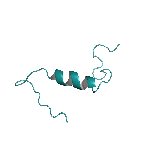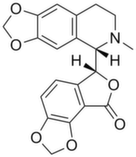Pharmacological disease models
Small molecules and excitotoxic agents can be used to pharmacologically induce disease models such as epilepsy, Parkinson's Disease, catalepsy, Schizophrenia, pain and diabetes models. Researchers can save up to 50% on excitotoxic agents - they are up to half the price of other suppliers.
Show/Hide Filters
- Description:
Neurotoxin, widely used to produce the 6-OHDA Parkinson’s disease model
Purity:>98%
β-Amyloid Peptide (1-42) (human) (HB9805)
Description:β-Amyloid (1-42) protein fragment. Implicated in Alzheimer's disease.
(+)-Bicuculline (HB0896)
Description:Prototypic, competitive GABAA receptor antagonist
Purity:>98%
(-)-Bicuculline methiodide (HB0893)
Description:Prototypic, competitive GABAA receptor antagonist
Purity:>98%
(-)-Bicuculline methobromide (HB0894)
Description:Prototypic, competitive GABAA receptor antagonist
Purity:>98%
(-)-Bicuculline methochloride (HB0895)
Description:Prototypic, competitive GABAA receptor antagonist
Purity:>98%
Cyclosporin A (HB0220)
Description:Potent calcineurin inhibitor. Inhibits MPTP opening.
Purity:>99%














